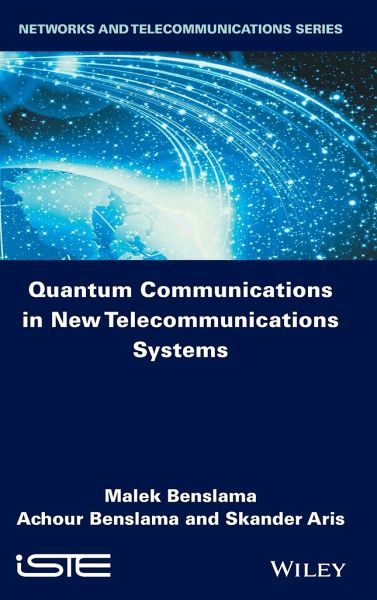
Quantum Communications in New Telecommunications Systems
Versandkostenfrei!
Versandfertig in über 4 Wochen
159,99 €
inkl. MwSt.
Weitere Ausgaben:

PAYBACK Punkte
80 °P sammeln!
Computers are quickly making the transition from silicon towards miniaturization, which now risks reaching its limits as dictated by the laws of physics. Quantum communications are the answer to post-silicon computers. The main applications for quantum communications in the domain of telecommunications are beginning to appear, with some commercial applications already on the market. This book explores the technological advances in quantum communications with a special focus on telecommunications systems. The authors provide a comprehensive state of the art on quantum communications and quantum...
Computers are quickly making the transition from silicon towards miniaturization, which now risks reaching its limits as dictated by the laws of physics. Quantum communications are the answer to post-silicon computers. The main applications for quantum communications in the domain of telecommunications are beginning to appear, with some commercial applications already on the market. This book explores the technological advances in quantum communications with a special focus on telecommunications systems. The authors provide a comprehensive state of the art on quantum communications and quantum signal processing. The reader will learn about the advantages, current applications and future prospects of quantum technology.




